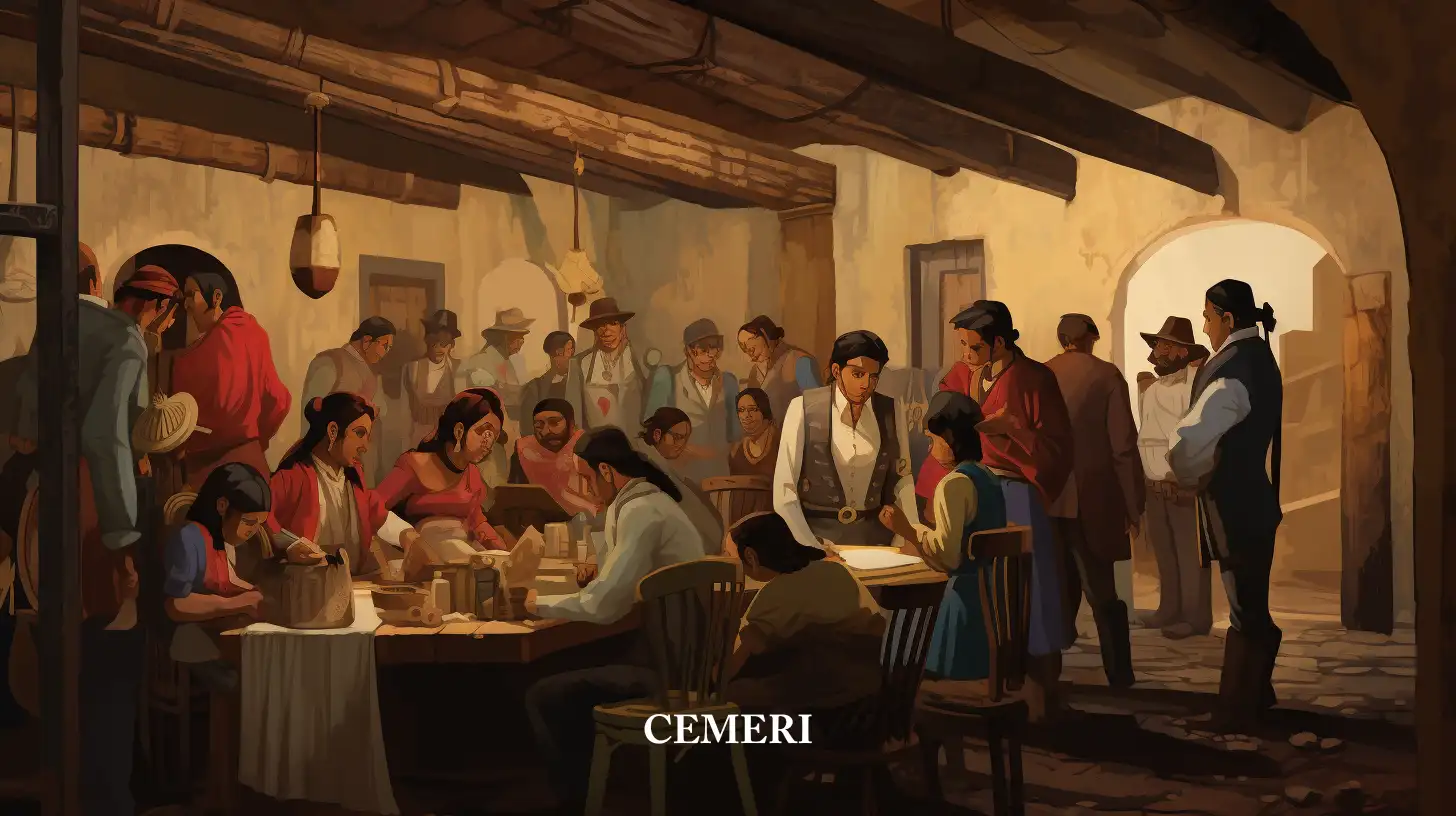Encyclopedia
Fernando Román Rangel
First National American Assembly
- On August 19, 1811, the Supreme National American Assembly was established under the leadership of Ignacio López Rayón.

Mexican independence went through many facets that modified its objectives and lines of action, however, in all of them there was a struggle to strengthen the autonomy of the then territory of New Spain. This is how on August 19, 1811, in Zitácuaro (Michoacán) the Supreme National American Board was established, under the leadership of General Ignacio López Rayón. The Junta de Zitácuaro was created with the purpose of establishing order, government and a unifying leadership of the insurgent factions.
Derived from the above, it can be considered that the Junta is the first antecedent of a Mexican government, since it sought to change its status from viceroyalty to that of an autonomous territory that recognized the authority of King Fernando VII. Additionally, its governmental guidelines were based on the work of Rayón called "Constitutional Elements", considered the first antecedent of the current Mexican Constitution (IMER, 2021).
This institution became relevant for the insurgent movement because it allowed its restructuring, which meant the rise of Rayón as the main leader after the following events:
- The defeat of the insurgent troops at the Calderón Bridge on January 17, 1811. This battle meant the flight of the main insurgent leaders to the United States of America, in order to reorganize and seek new allies, which allowed them to leave Rayón in charge of the movement until the return of Hidalgo, Allende, Jiménez and Aldama;
- The betrayal of Lieutenant Colonel Elizondo; Resentful of Allende for not granting him the rank of Lieutenant General, he took advantage of the flight of the insurgent leaders to ambush them on March 21, 1811, which led to the execution of Allende, Jiménez and Aldama, on June 26 and that of Hidalgo, on July 30 of that same year. These events strengthened Rayón's position as the main insurgent leader (Periódico Correo, 2021).
- The election of three members to direct the efforts of the Board, José Sixto Verduzco, José María Liceaga and Ignacio López Rayón, the latter was also elected president. Subsequently, the members invited José María Morelos y Pavón to join as the fourth member (González, 2019).
The city of Zitácuaro was chosen due to its proximity to the capital and little presence of royalist troops, however, in 1812 it fell to General Félix María Calleja, however, the Supreme Board continued its efforts in different venues until August 1813 when it was dissolved due to multiple disagreements between the members. Finally, in September of that year, the Anahuac Congress began, where Morelos established himself as the new head of the insurgent movement.
In this way, an early stage of the independence movement is concluded, which allowed the evolution of this revolution, to go from an ideology in favor of keeping the American territory under the Spanish monarchy, to a more liberal thought that sought the birth of a new Nation state.
It can be seen that both the establishment and the dissolution of the Junta were the result of multiple disputes between the caudillos themselves, which led to the prolongation of the independence struggle, while also allowing the insurgent factions to mature and consolidate in 1821. , in the first Mexican empire.
Sources
González, R. (21 de agosto de 2019). “La Junta Suprema Nacional Americana o Junta de Zitácuaro”. Instituto Nacional de Estudios Históricos de las Revoluciones Mexicanas. https://www.inehrm.gob.mx/es/inehrm/Junta_NacAeric_JuntZit
Instituto Mexicano de la Radio. (19 de agosto de 2021). “19 de agosto de 1811: Se instala la Junta de Zitácuaro”. https://www.imer.mx/19-de-agosto-de-1811-junta-de-zitacuaro/
López, R. y Garibay, J. (17 de agosto de 2011). “Gaceta Parlamentaria Miércoles 17 de agosto de 2011 / Gaceta: LXI/2SPR-31/31392”. https://www.senado.gob.mx/64/gaceta_comision_permanente/documento/31392
Periódico Correo. (25 de abril de 2021). “Ignacio Elizondo, semblanza del traidor de Acatita de Baján”. https://periodicocorreo.com.mx/ignacio-elizondo-semblanza-del-traidor-de-acatita-de-bajan/

